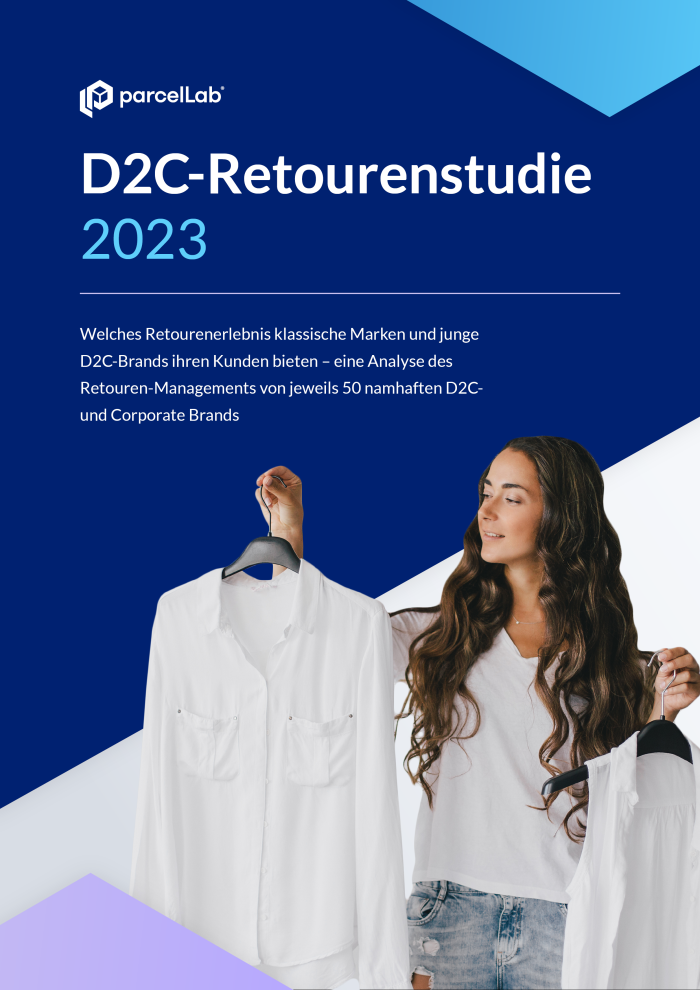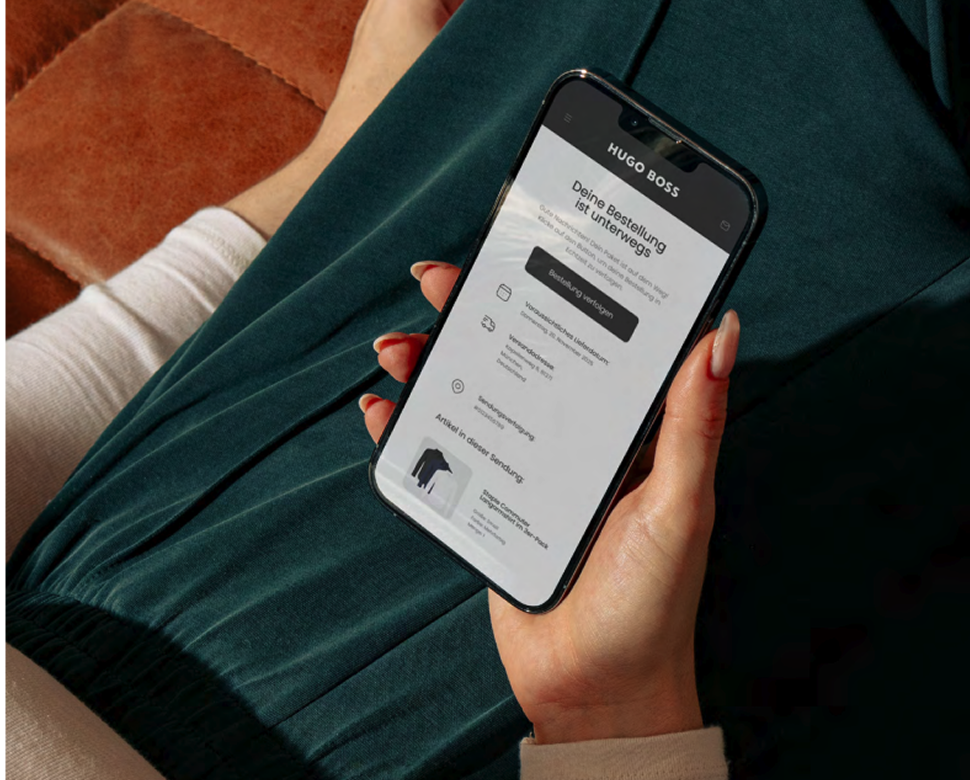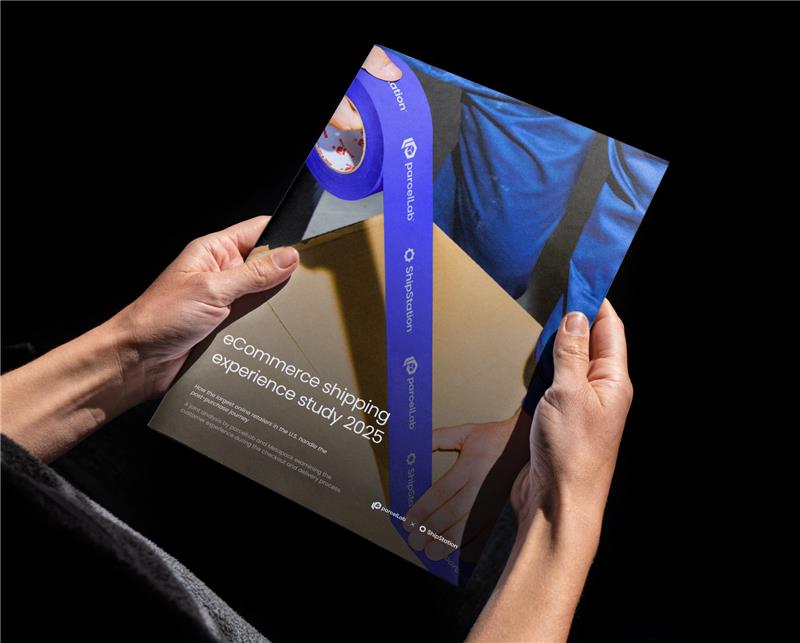German D2C returns study 2023

Download the study for exclusive post-purchase insights
Research summary
Returns are an inevitable part of the D2C business model, but how you handle them can significantly impact your brand’s success. Our 2023 D2C returns study reveals the strategies top brands use to turn returns into opportunities for customer retention and operational efficiency.
In this study, you’ll discover
- Key trends and statistics in D2C returns management
- Best practices for reducing return rates and improving processes
- The impact of a seamless returns experience on customer loyalty
- Case studies of D2C brands excelling in returns management
Every second brand only offers the legally required 14-day return period—missing a key opportunity to build trust and long-term customer loyalty through a more flexible and customer-friendly returns process.
Rigid return policies and poor post-purchase experiences create friction that pushes customers away. To stay competitive, brands must streamline returns, offer transparency, and prioritize customer convenience.
Key stats that matter
Corporate brands cover return shipping costs, while only 48% of D2C brands do
Corporate brands refund returns within 7 days, compared to just 34% of D2C brands
D2C brands leave customers on their own during returns, providing no instructions or support



